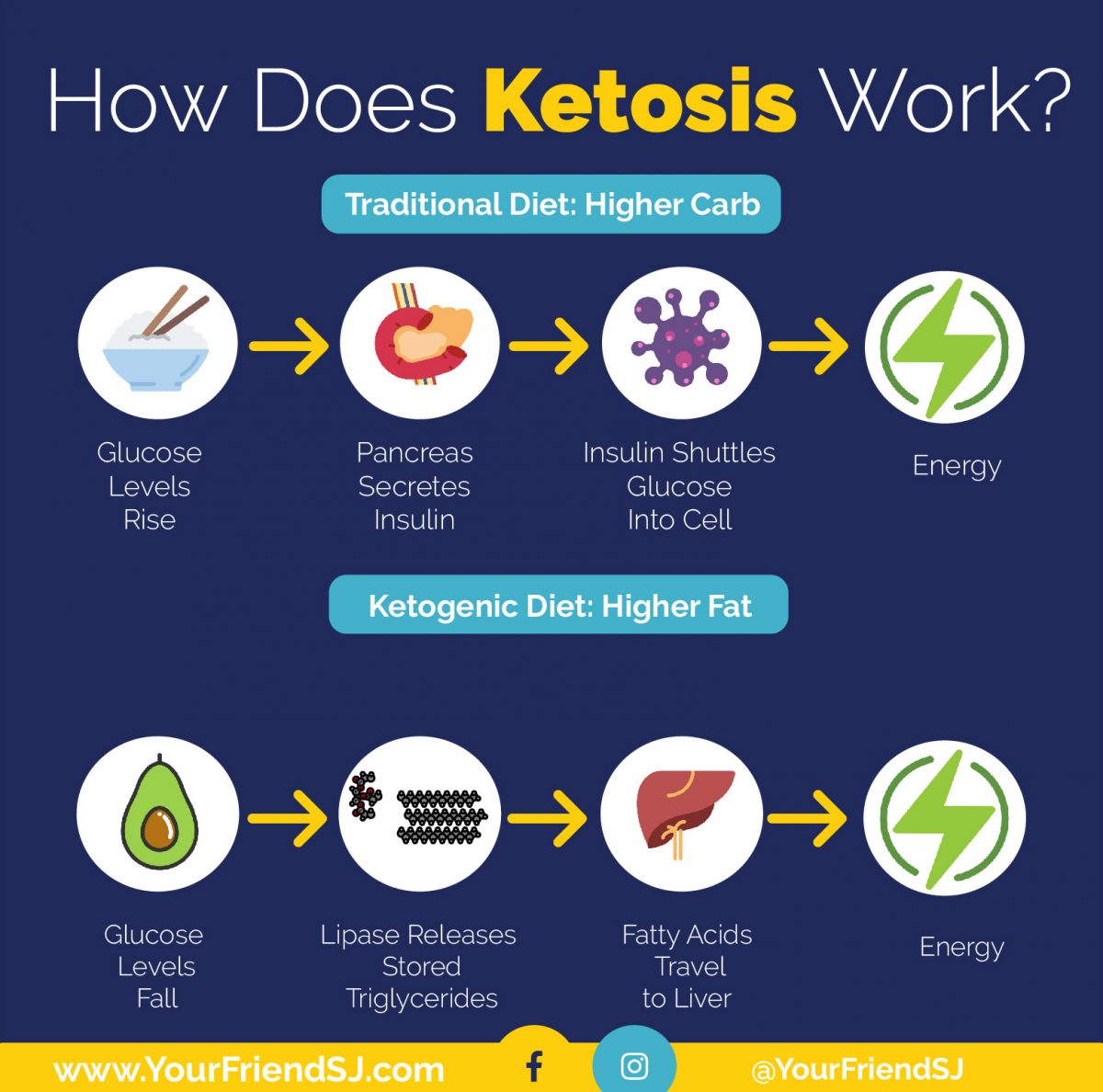Understanding Fat Intake on the Ketogenic Diet
Transitioning to a High-Fat Diet
One of the main adjustments when starting a ketogenic diet is increasing fat intake. Many people try to get away with less fat at first, sticking around 100g per day. However, this often prevents keto-adaptation from occurring. Ketogenic fat burning only happens after the body switches from glucose to fat for fuel. If you don’t keto-adapt, your body won’t efficiently burn stored and dietary fat.

Incorporating More Fat Into Meals
It’s best to aim for 150-200g of fat daily. You can do this by adding healthy fats to meals. Bulletproof coffee is a delicious way to start the day with 40g of fat from coconut oil or butter. Four eggs fried in butter provides another 32g. Top four slices of bacon with 50g of cream cheese for an additional 32g of fat. This breakfast alone contains over 100g of fat. For lunch, enjoy an 8oz ribeye topped with a tablespoon of butter for 46g more fat.
Choosing Fattier Cuts of Meat
When choosing proteins, opt for fattier cuts that are higher in fat. In addition to ribeye, consider chicken thighs instead of breasts. Ground beef and pork with 15-20% fat content is ideal. Trim visible fat but don’t worry about consuming it. Cook meats in butter, coconut oil or ghee to add more fat. You can also add cheese, mayonnaise, olive oil or avocado to proteins.
Incorporating Fat Bomb Snacks
Even if meals don’t hit fat targets, snacks allow you to easily add more. Keto fat bombs are treats high in healthy fats like coconut oil, butter, nut butters and heavy cream. Some popular options include chocolate truffles, peanut butter cups or energy balls. Just one or two snacks can provide 20-30g of fat each. Be sure to check labels as some store-bought options contain sugar alcohols that may impact ketosis.
Choosing High-Fat Vegetables and Salads
While drastically limiting carbs, it’s still important to eat fibrous low-carb vegetables. Drizzle spinach or asparagus with olive oil and top with cheese or high-fat salad dressings like ranch. Caesar salad with a creamy dressing is another filling keto option. Avocado is a superfood that is high in healthy fats and fiber to aid satiety.
Incorporating Nuts and Seeds
Nuts and seeds offer fat and nutrients. Macadamia nuts contain one of the highest fat contents of any nut at 18g per ounce. Other great choices are pine nuts, pumpkin seeds, chia seeds and walnuts. Opt for small portion sizes, as nuts are calorie-dense. Raw nuts tend to be higher in fat than roasted varieties.
Adhering to Protein Guidelines
Most keto plans recommend hitting fat macros before protein. Excess protein can interfere with ketosis. Aim for moderate protein intake between 0.6-1g per pound of lean mass daily. This ensures adequate intake without kicking you out of ketosis. Track macros and calories using an app or site to ensure fat is the majority of calories at 70-80%.
Frequently Asked Questions
Some common questions people have:
- Is it possible to overdo fat intake? - As long as you stay within calorie needs, it’s difficult to overconsume fat on keto in whole food form. Listen to hunger/fullness cues.
- Will eating this much fat cause weight gain? - No, a ketogenic diet is very low carb so the body is essentially “fat-burning.” Eating adequate fat is necessary for stable energy, hormone production and satiety.
- What if I struggle to hit fat macros some days? - Don’t force it. Aim for averages over a week and relax if you’re within 20g on any given day. Consistency is more important than perfection.
With patience and practice, it becomes easy to incorporate sufficient fat into meals and snacks while limiting carbs on a ketogenic diet. Focus on whole, unprocessed foods and let your body become efficient at burning fat for fuel.